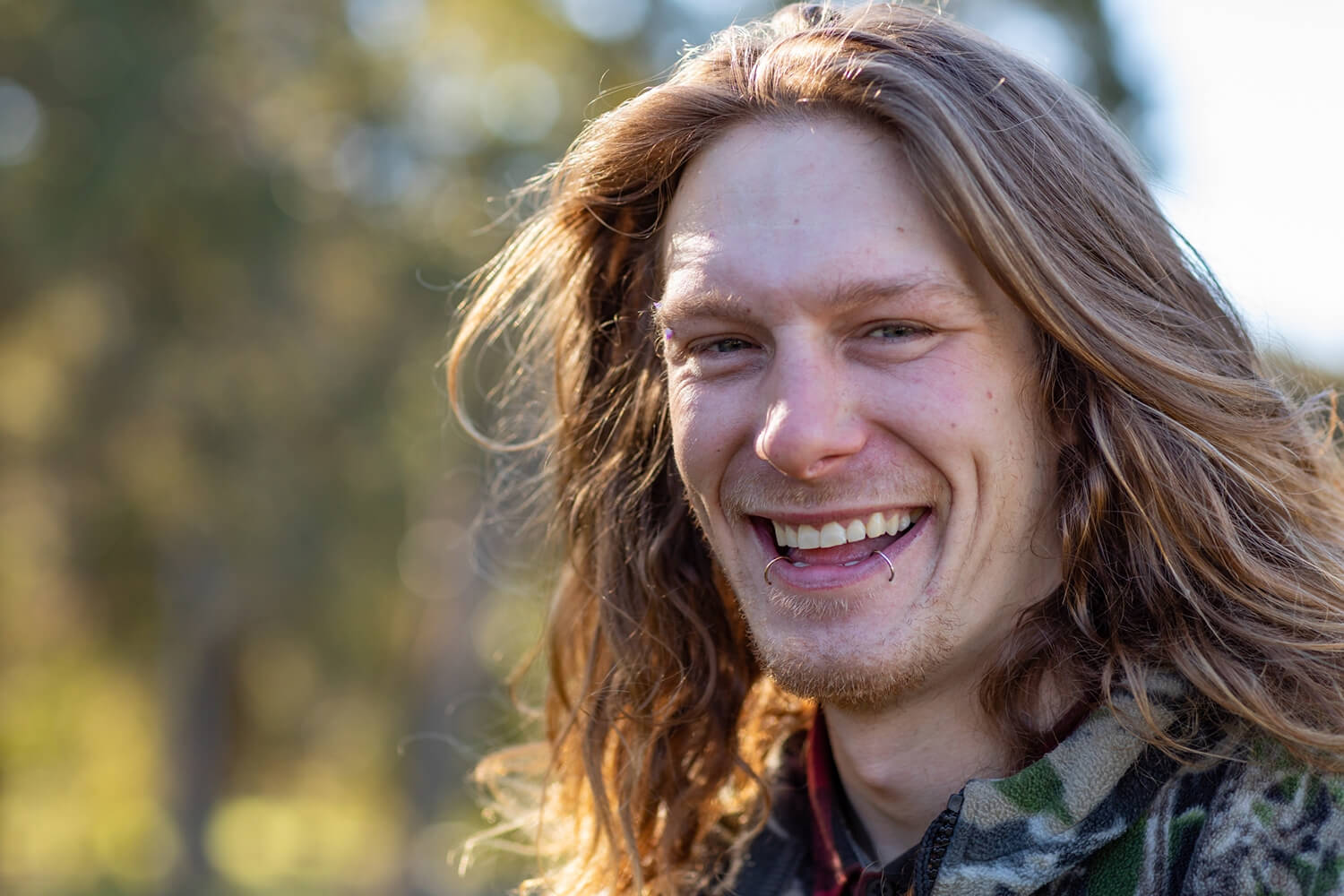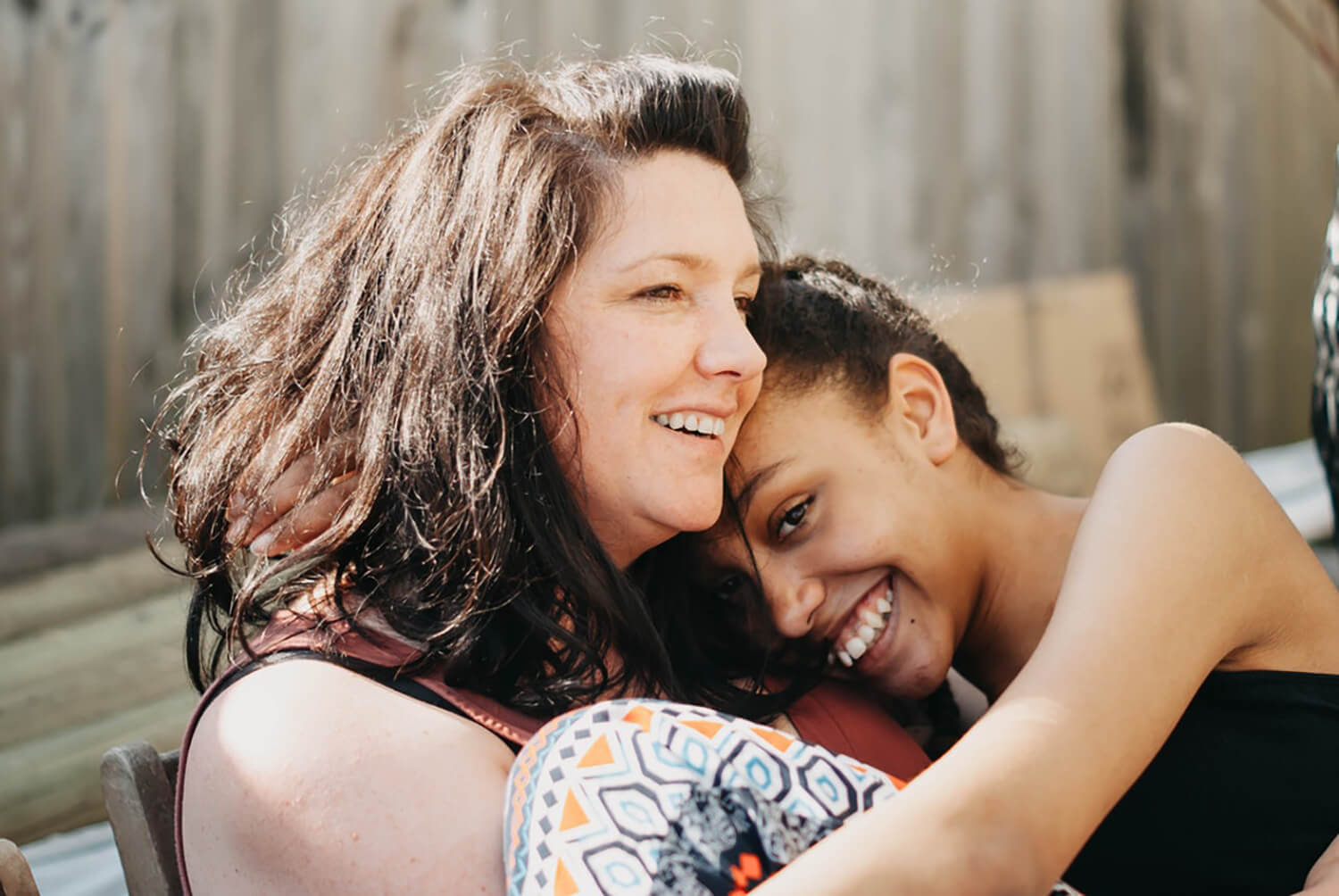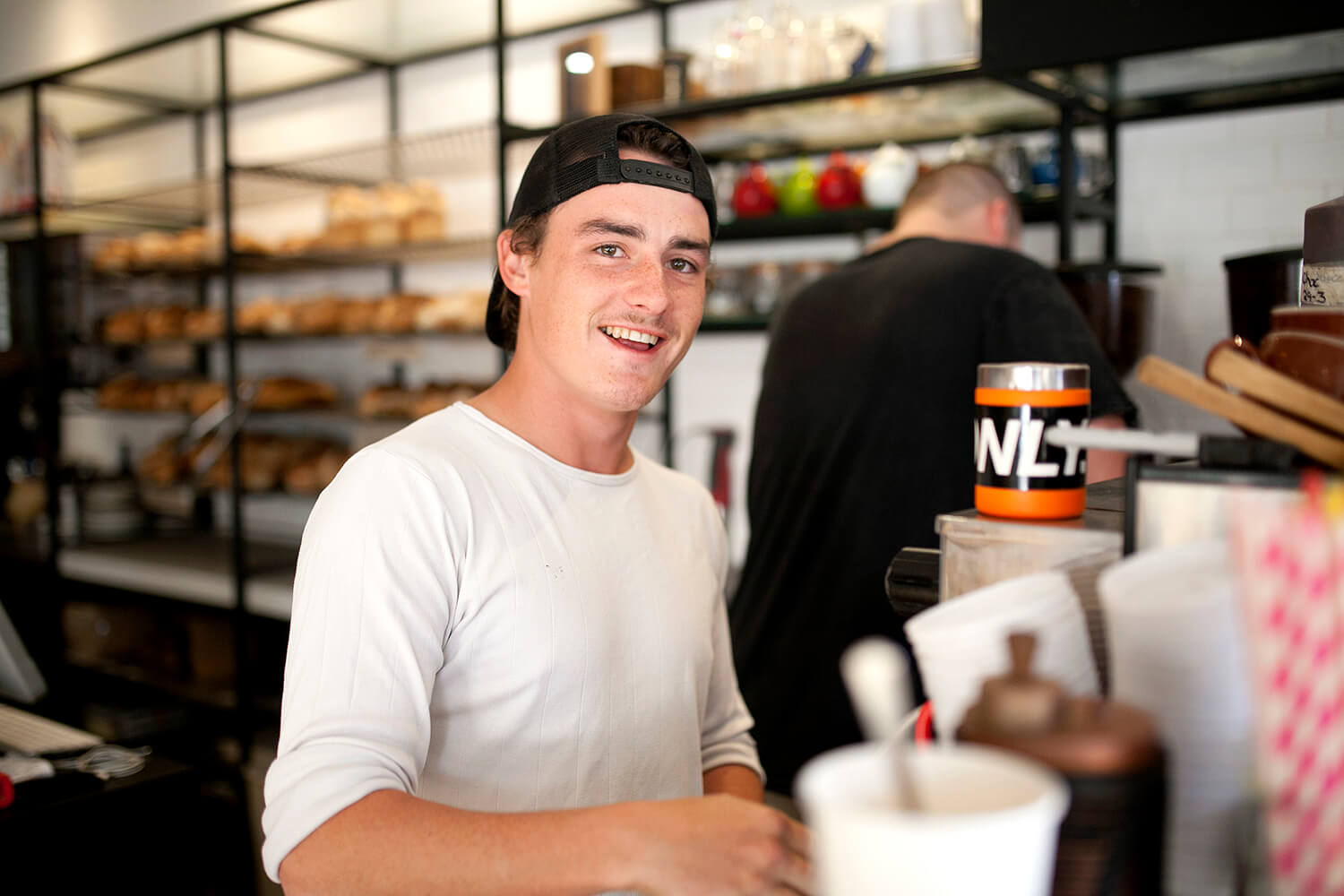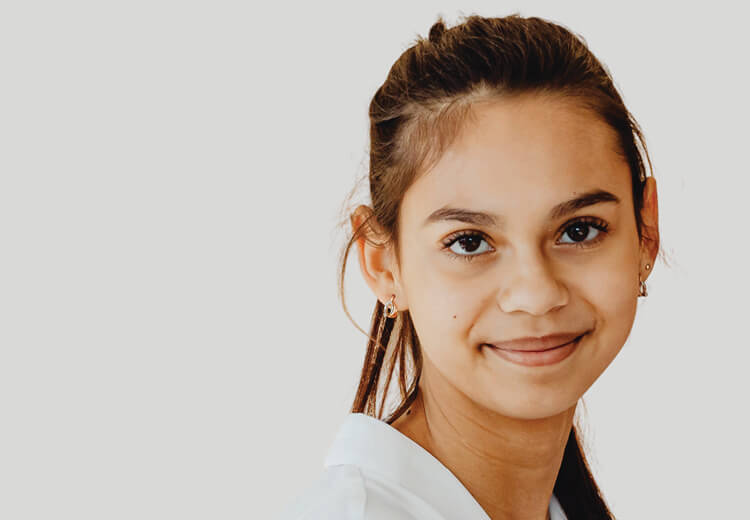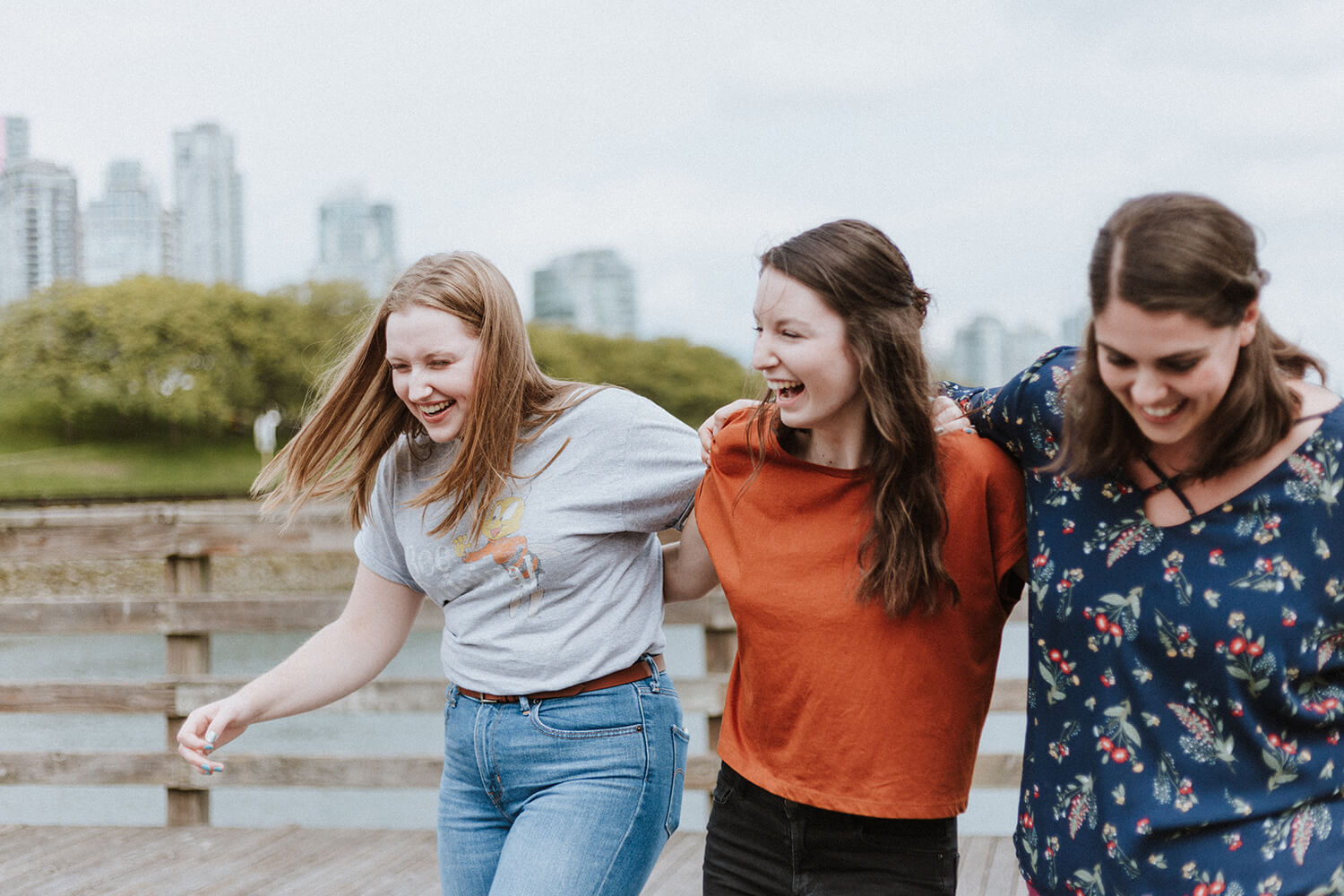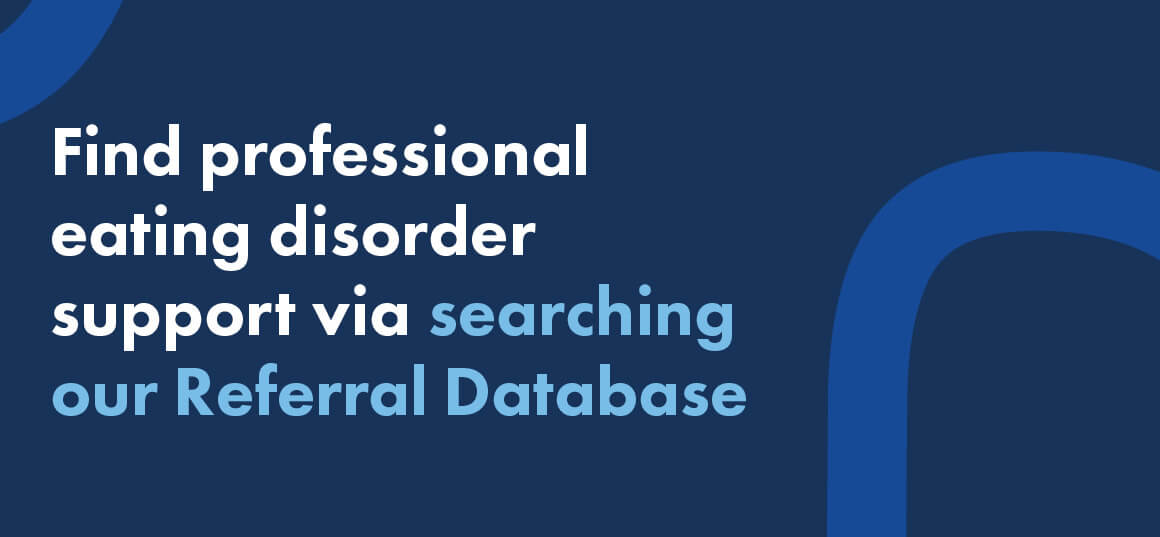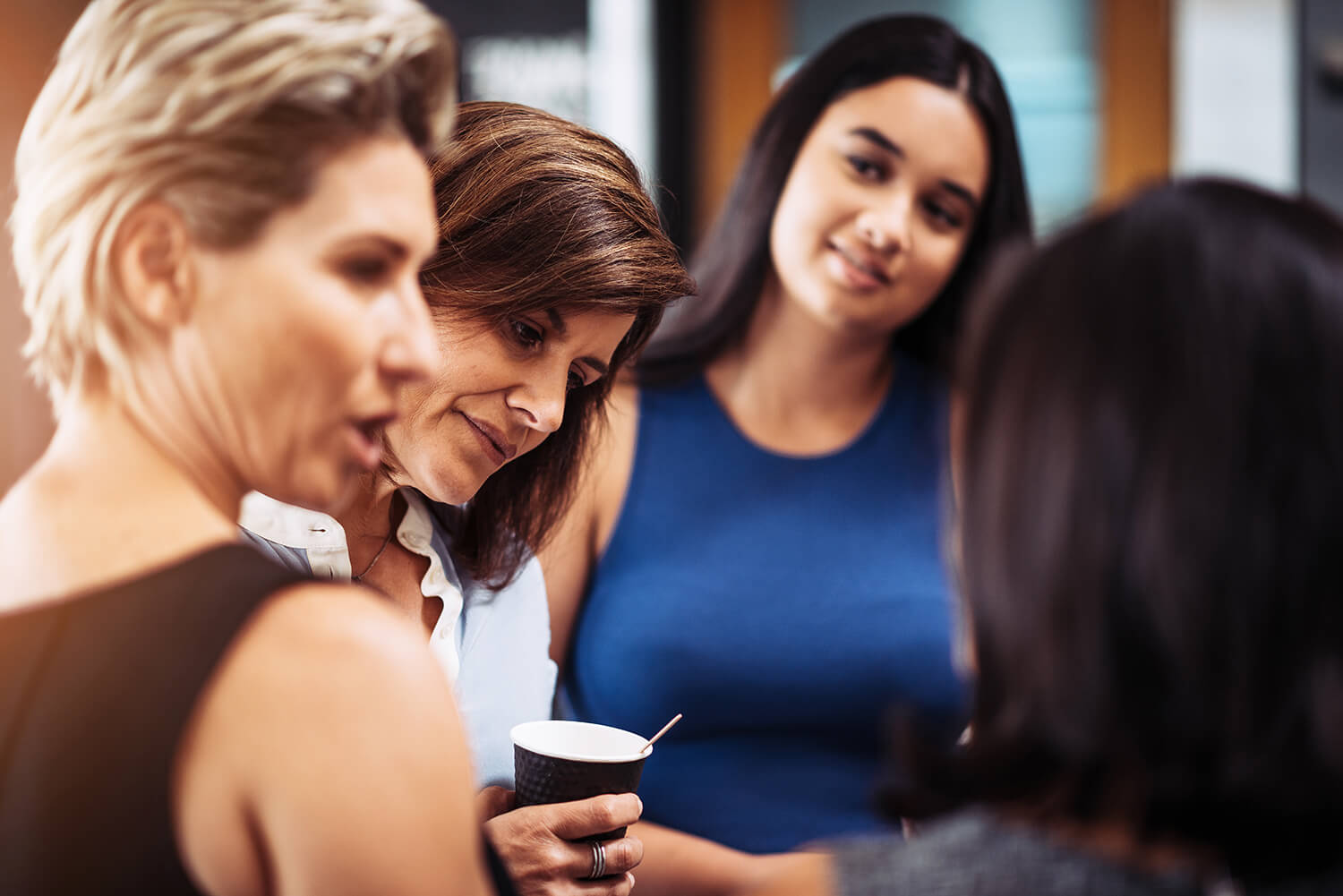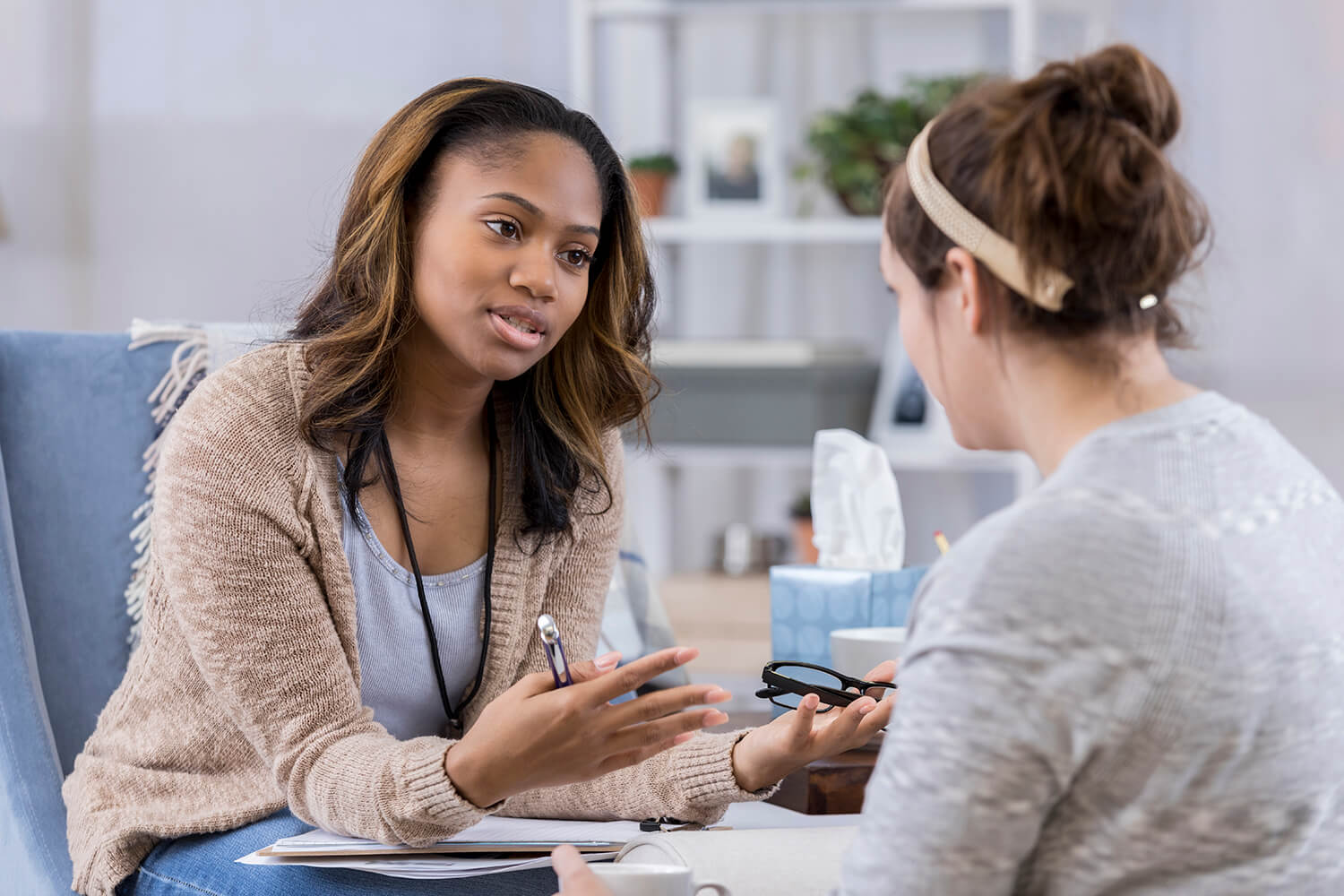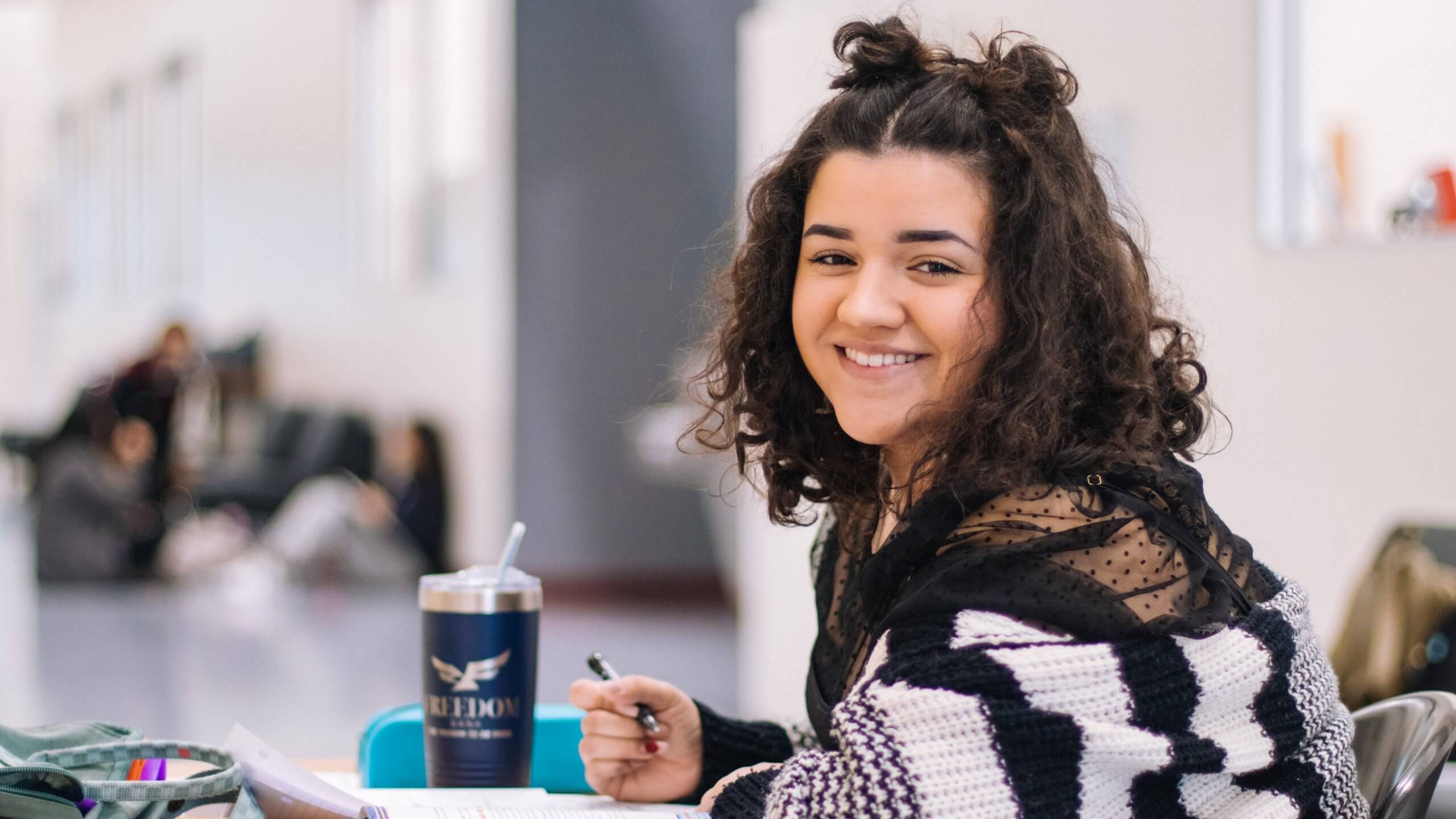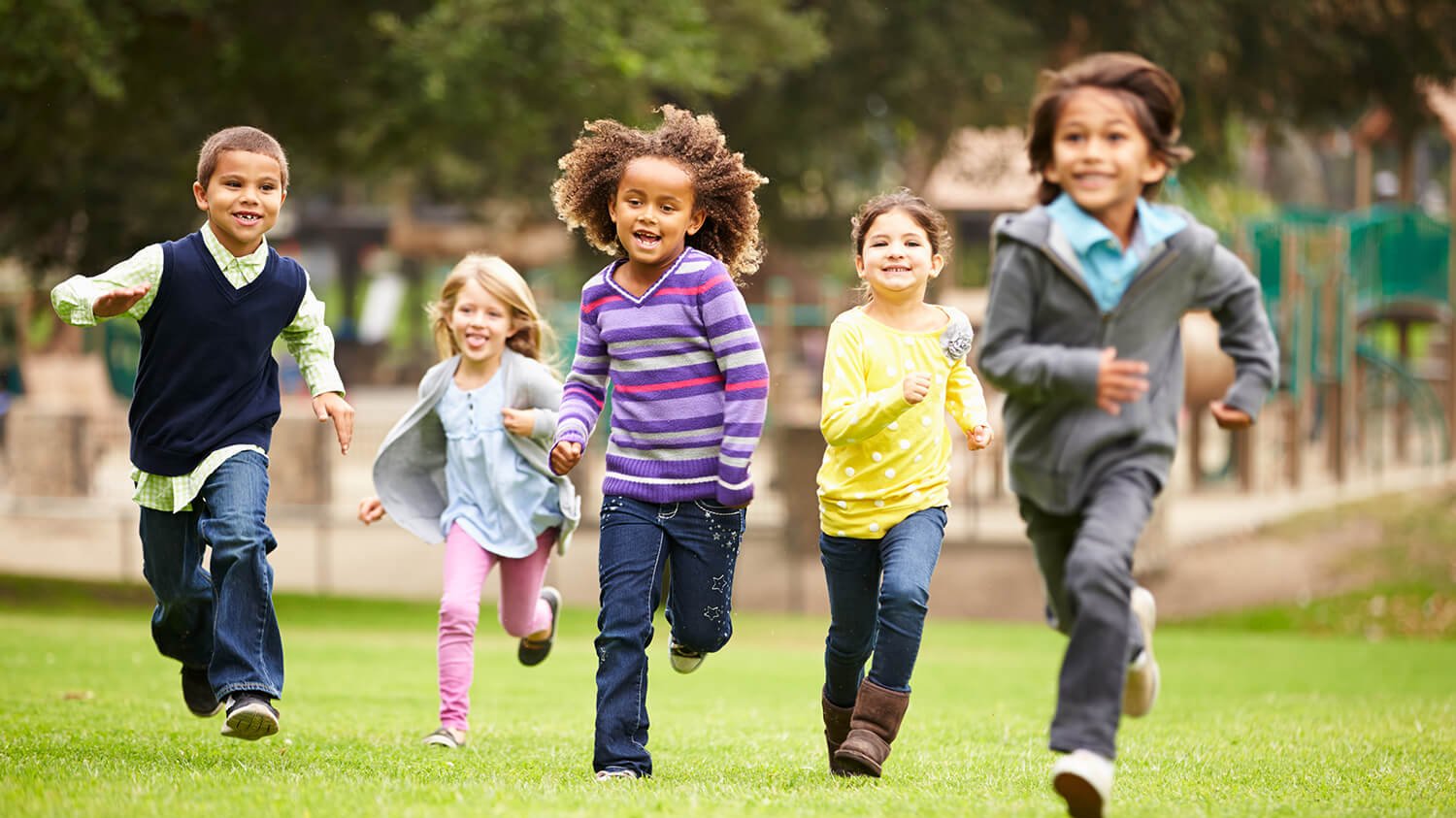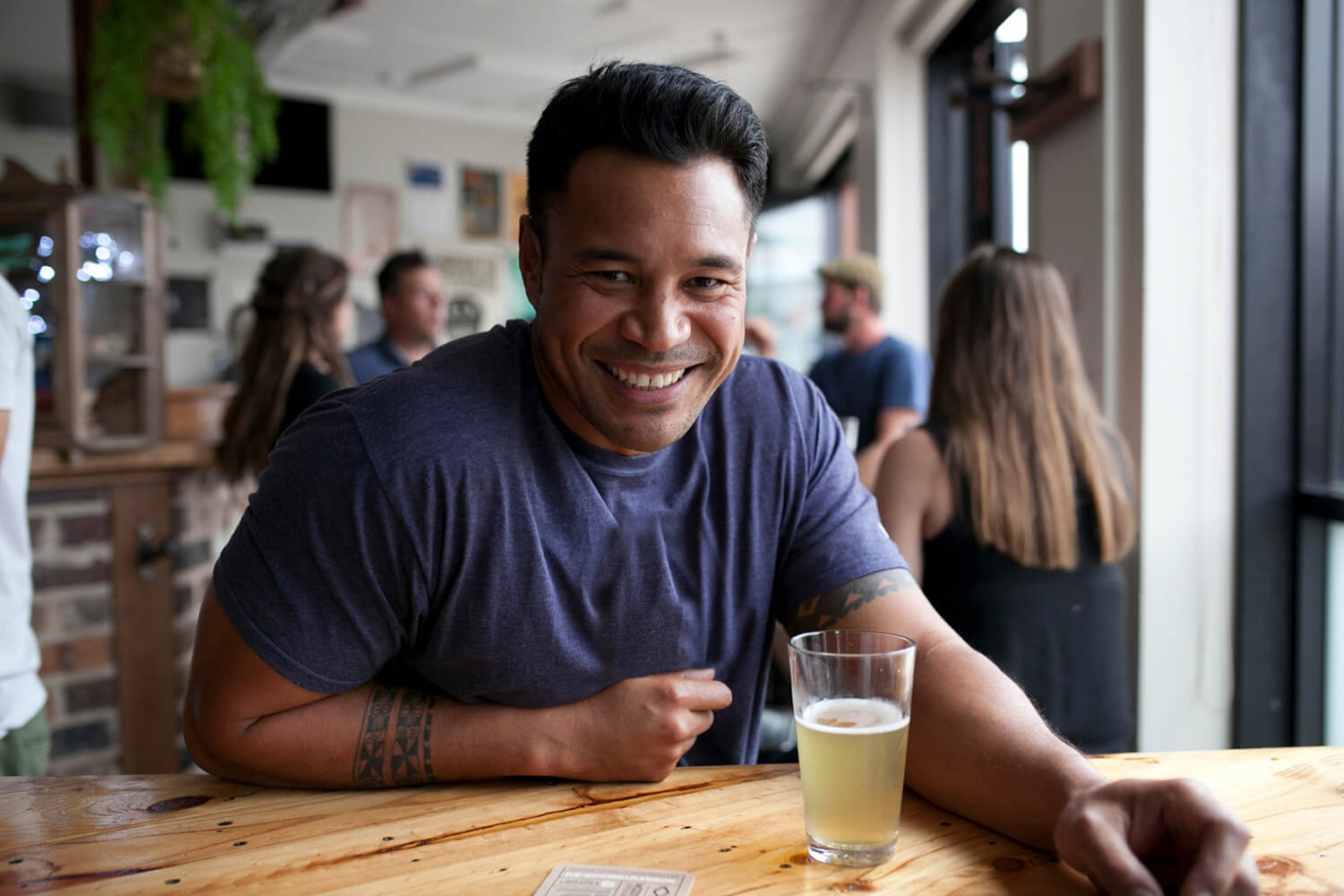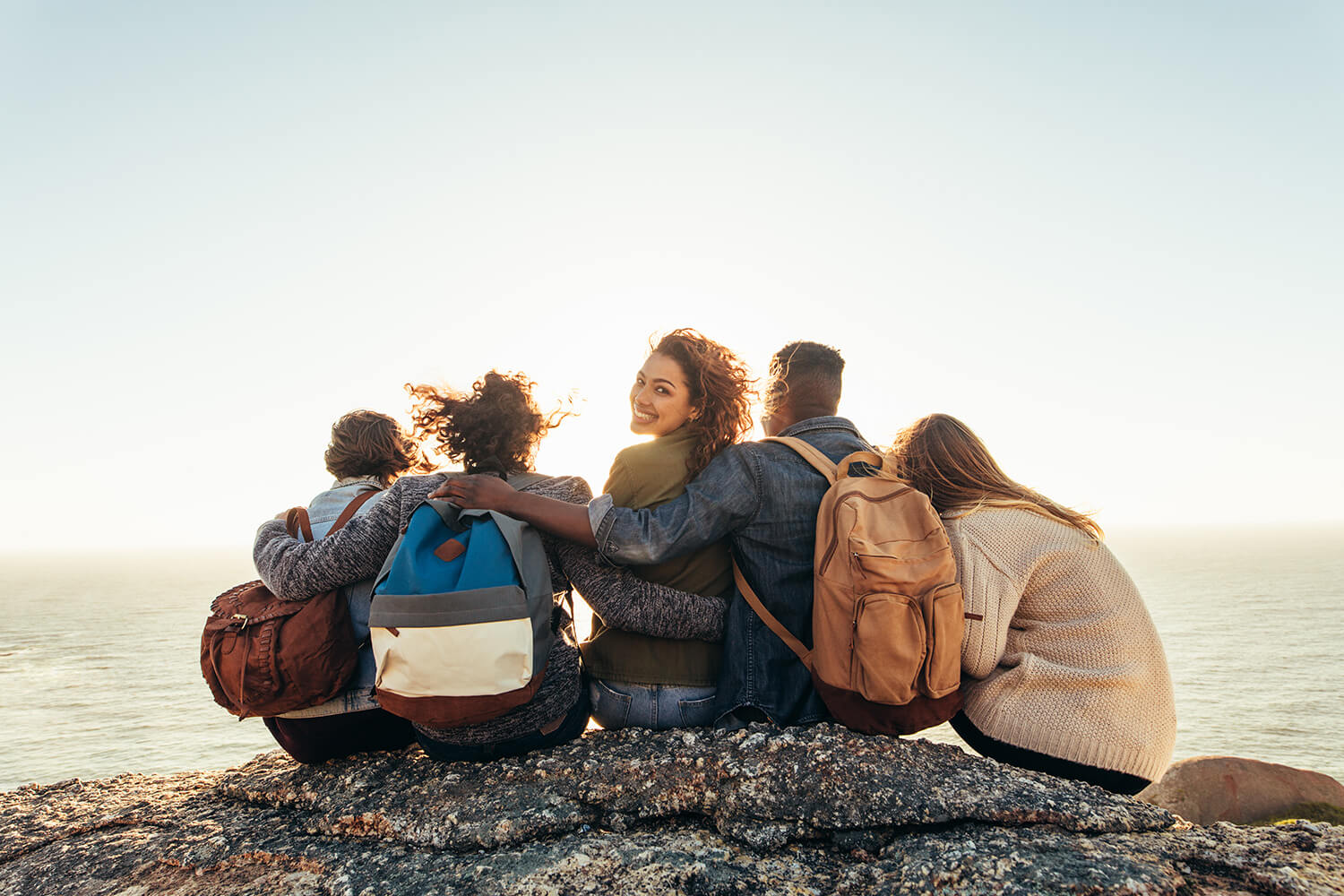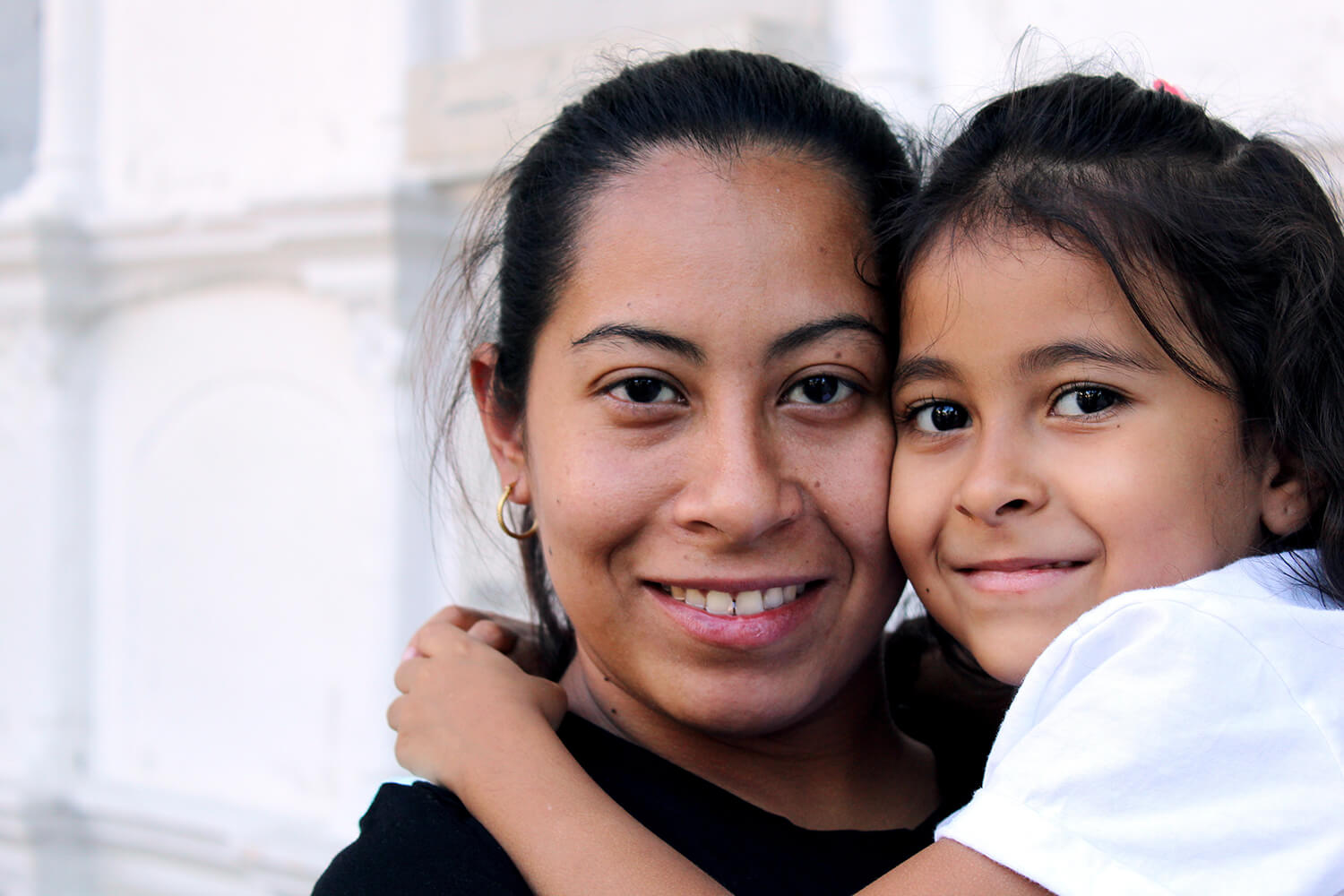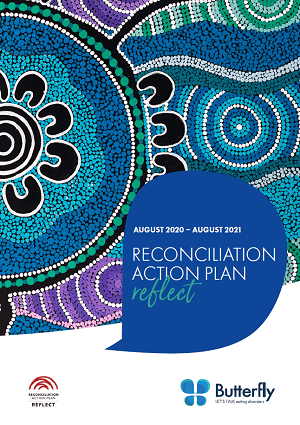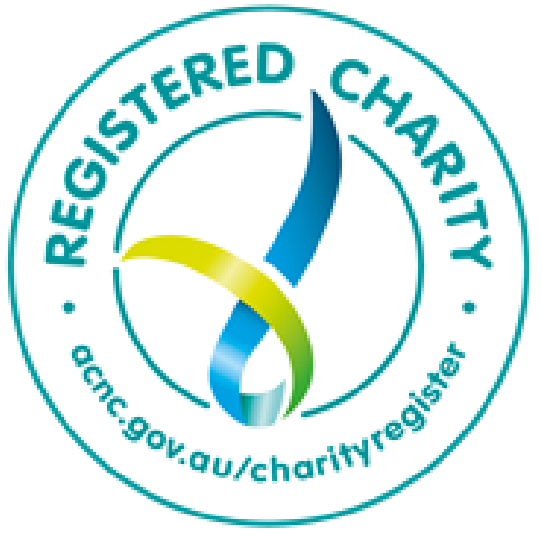Reconciliation & inclusion
Almost 1 in 10 Australians will experience an eating disorder in their lifetime, yet only 25% of those people will receive treatment.
That’s why, at Butterfly, we’re committed to increasing access to diagnosis, treatment and support for all people living with a body image issue or eating disorder. No matter your size, shape, age, abilities, gender identity, sexual identity, cultural identity, language, economic status, profession or location—or anything else that makes you the person you are—we are here to support you. At Butterfly we celebrate and value diversity.
We know that some groups are more vulnerable to systemic prejudice, abuse, and psychological stress. While we honour the resilience and strength of communities and individuals, we also acknowledge that psychological stress can lead to mental ill-health, eating disorders and body image issues.
Building a strategy of inclusion
Thanks to funding from the Australian Federal Government, we have been given the opportunity to build and implement a strategy to increase help-seeking to Butterfly’s helpline by males, people who are LGBTQIA+, people from culturally and linguistically diverse backgrounds, and Aboriginal and Torres Strait Islander peoples. While we are mindful that this doesn’t cover the full spectrum of diversity in Australia, it is our honest start to serving people who may not fit unhelpful stereotypes around body dissatisfaction and eating disorders.
What we did to increase our responsiveness
To understand how we can increase our responsiveness to the needs of LGBTQIA+ people, people from multicultural backgrounds, Aboriginal and Torres Strait Islander peoples and males, we consulted with more than 68 individuals who identified as belonging to these communities. Many of those consulted also had lived experience of a body image issue or eating disorder. We also worked closely with a reference group of engaged organisations, specialists and academic advisors.
What we learned
- When it comes to inclusion, Butterfly needs to implement meaningful change and ‘walk the talk’
- With images and by other means, people want to see more of themselves in our communications
- When people take the risk to reach out, they hope to be met in a safe space with understanding, in their language, and on their terms.
What we did first
- All Butterfly staff and counsellors received LGBTQIA+ and Aboriginal and Torres Strait Islander competence training
- We developed a social inclusion toolkit to help Butterfly staff develop inclusive communications and programs
- We developed an internal diversity and inclusion strategy and an internal working group with staff members especially engaged in these issues
- We embedded cultural and social competency into our induction process.
What we’re doing next
- Our human resources and other policies will be rewritten to reduce unconscious bias – by mid 2021
- We’re continuing to collaborate with mental health organisations who have competency in inclusion and diversity care
- Our outreach team is actively recruiting lived experience ambassadors who reflect the full diversity of the Australian people
- We’re asking practitioners in regional and remote areas to apply to the Butterfly National Helpline’s referral database to better support under-served groups.
Butterfly’s Reconciliation Action Plan
In association with Reconciliation Australia, we have developed and had approved a Reflect Reconciliation Action Plan (RAP).
Butterfly’s Reconciliation Action Plan artwork, New Beginnings, is by Jordan Ardler, who says:
This artwork acknowledges the Cammeraigal peoples, their land, spirits and ancestors.
It is a reflection of the significant shorelines and visually expresses where the land meets the sea.
The ripple effect of the blue central piece is symbolic of the ocean, which has provided resources for thousands of years.
The surrounding black lines are a protective barrier around the ocean and are an acknowledgement to the walking tracks and pathways ancestors use to travel along.
The artwork also incorporates elements of the initiatives, growth, empowerment and pathways based around Butterfly.
The central symbols are symbolic of the community coming together into an inclusive safe space. The ripples within the central circles are a reflection of the surrounding land as well as the conversations and storytelling which promote change and growth within the community.
The black pathways can also be seen as the journeys each individual will take during their time with Butterfly. The nine symbols surrounding the circles are symbolic of the outer community taking their first steps on their new journeys into the community.
The outer circular patterns reflect empowerment for one another to be positive, inspiring and striving to create change. Change is something that builds over time, in turn creating new beginnings. A butterfly’s lifecycle is a perfect example of this. The image allows the viewer to take a step back to view the overall artwork.
This will allow the audience to see the various angles the artwork can be seen. Each way the image is turned, it resembles a butterfly.
Looking forward
- We will continue on our reconciliation journey at Butterfly
- In order to always enhance our responsiveness, we’ll continue to work closely with diverse people from a variety of backgrounds who have lived experience of body image issues and eating disorders
- Along with stories of lived experience, we’ll post information, research and resources about eating disorders and body image issues in diverse populations to our website and social media channels.
Finally, at Butterfly we are committed to full transparency. Watch this space for reports on our progress as we continue to improve and refine our inclusion initiatives.
Get involved
If you have lived experience of an eating disorder or body image issue, or you are the family or friend of someone who does, and you also identify with an underserved group, please email us at comms@butterfly.org.au. We’d love to talk to you.
Thank you to our reference group and contributors
Thank you to the Murrumbidgee Local Health Department, Headspace, Beyond Blue, Reach Out, Q Life, National LGBTI Health Alliance, Working it out, Livin’, CAGES Foundation, Mensline, Kids Helpline, Dr Scott Griffiths, Prof Phillipa Hay, Dr Wayne Usher, Dr Don McCreary, Kai Schweizer, and all the individuals with lived experience of eating disorders and body image issues guiding us in creating inclusive supports.
Butterfly has various offices and locations across Australia, and so we acknowledge the Traditional Owners and Custodians of the lands on which all of our staff are living, learning and working.
We acknowledge the Cammeraygal people, the Traditional Owners and Custodians of this land on which we gather and pay our respects to the Elders past, present and future.
We acknowledge and pay respect to the Bunurong Boon Wurrung and Wurundjeri Woi Wurrung peoples of the Eastern Kulin Nation, the Traditional Owners and Custodians of the land, and pay respect to the Elders past, present and future.
We acknowledge the Muwinina people, the Traditional Owners and Custodians of this land, and pay respect to the Elders past, present and future. We acknowledge today’s Tasmanian Aboriginal community who are the custodians of this land.
We acknowledge the Kabi Kabi people who are the Traditional Owners and Custodians of the land upon which our Wandi Nerida facility is built and pay respect to the Elders past, present and future. As a place of gathering and healing, Wandi Nerida hopes to continue the connection with land and people.




